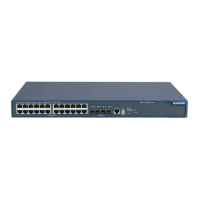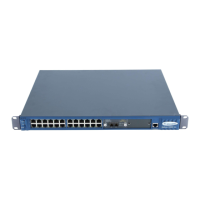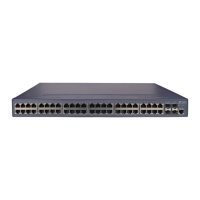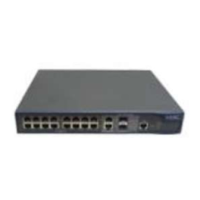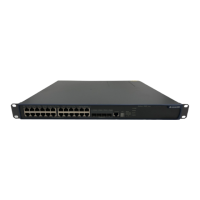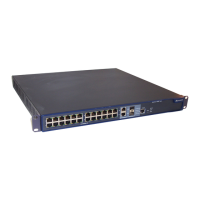Operation Manual - DNS
Quidway S3900 Series Ethernet Switches-Release 1510 Chapter 1 DNS Configuration
Huawei Technologies Proprietary
1-2
User program Resolver
Cache
Request
Response
Save Read
DNS Server
DNS Client
Request
Response
User program Resolver
Cache
Request
Response
Save Read
DNS Server
DNS Client
Request
Response
Figure 1-1 Dynamic domain name resolution
The resolver and cache comprise the DNS Client. The user program can run on the
same machine as the DNS Client, while the DNS Server and the DNS Client must run
on different machines.
Dynamic domain name resolution allows the DNS Client to store latest mappings
between name and IP address in the dynamic domain name cache. There is no need to
send a request to the DNS Server for the same mapping next time. The aged mappings
are removed from the cache after some time, and latest entries are required from the
DNS Server. The DNS Server decides how long a mapping is valid, and the DNS Client
gets the information from the DNS messages.
II. DNS suffixes
The DNS Client normally holds a list of suffixes which can be defined by the users. It is
used when the name to be resolved is not complete. The resolver can supply the
missing part. For example, a user can configure com as the suffix for aabbcc.com. The
user only needs to type aabbcc to get the IP address of aabbcc.com. The resolver can
add the suffix and delimiter before passing the name to the DNS Server.
z If there is no dot in the domain name, such as aabbcc, the resolver will consider
this as a host name and add the suffix before processing. The original name such
as aabbcc is used if all DNS lookups fail.
z If there is a dot in the domain name, such as www.aabbcc, the resolver will use
this domain name to do DNS lookup first before adding any suffix.
z If the dot is at the end of the domain name, such as “aabbcc.com.”, the resolver
will consider this as a fully qualified domain name and return the result whether it is
a success or a failure. Hence, the dot (.) is called the terminating symbol.
Currently, the device supports static and dynamic domain name services on the DNS
Client.

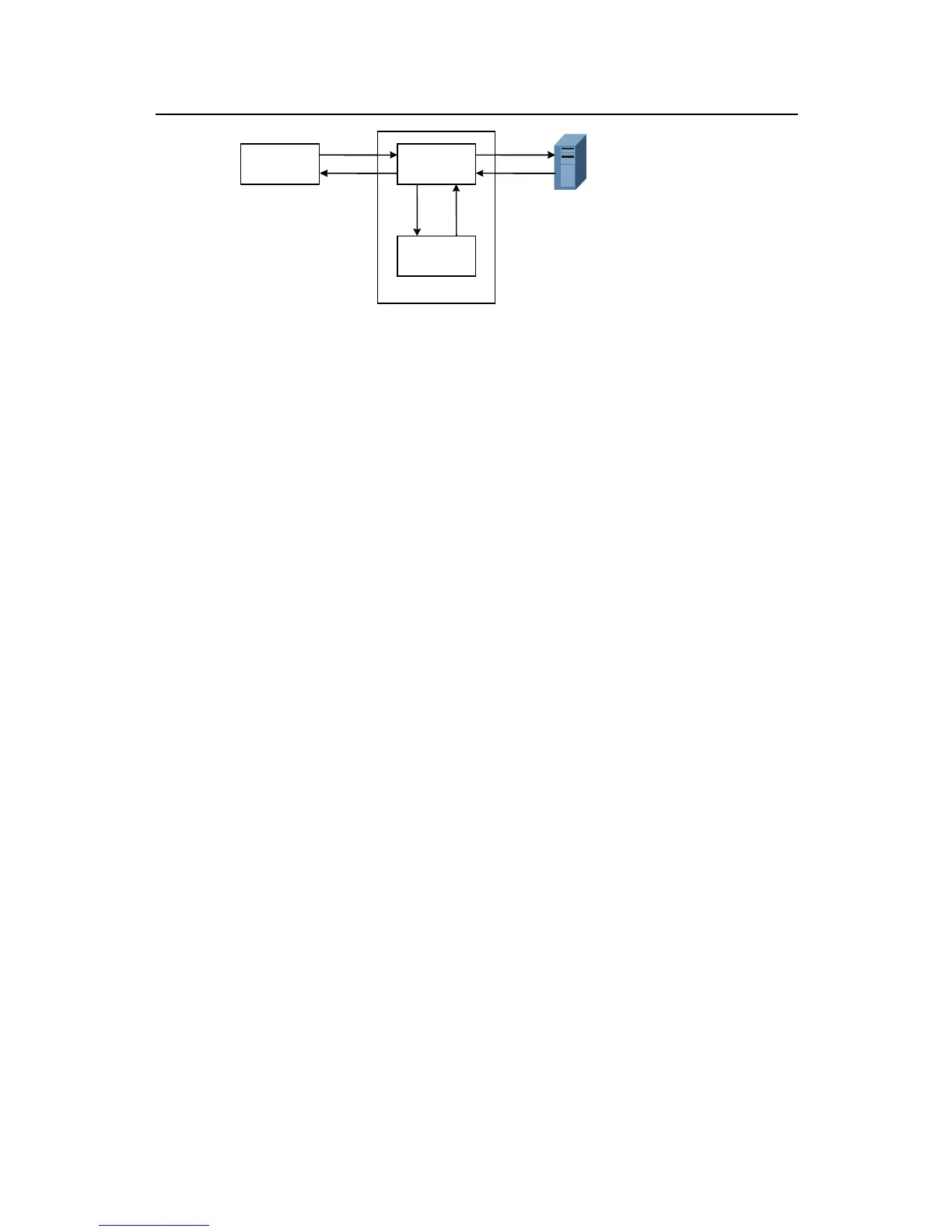